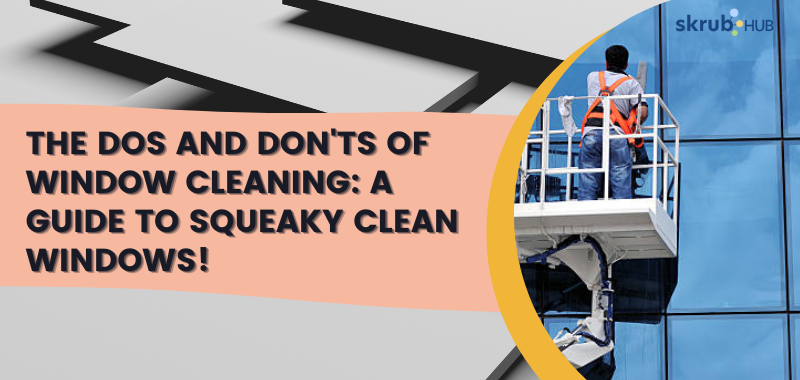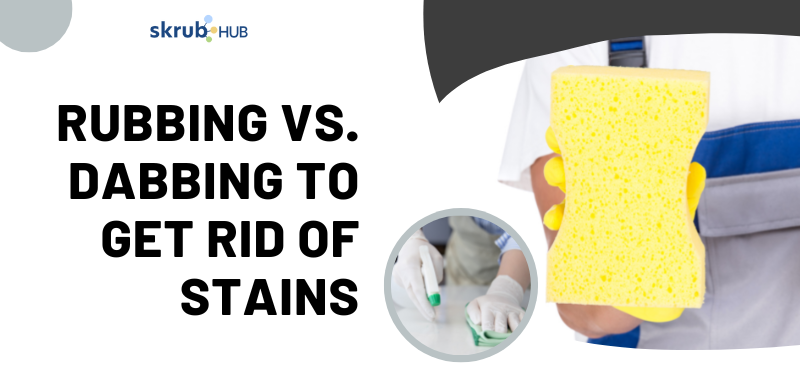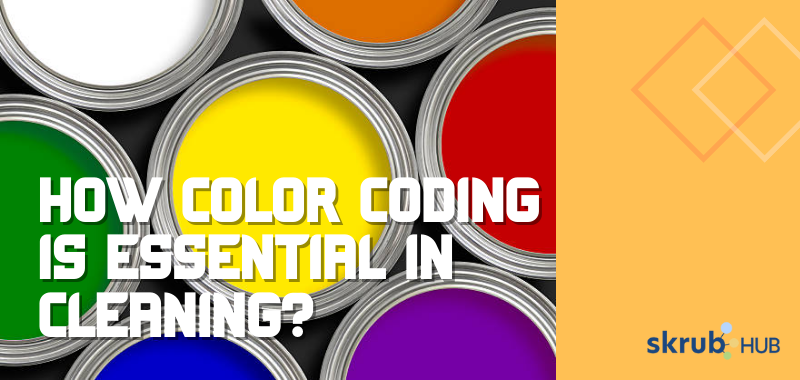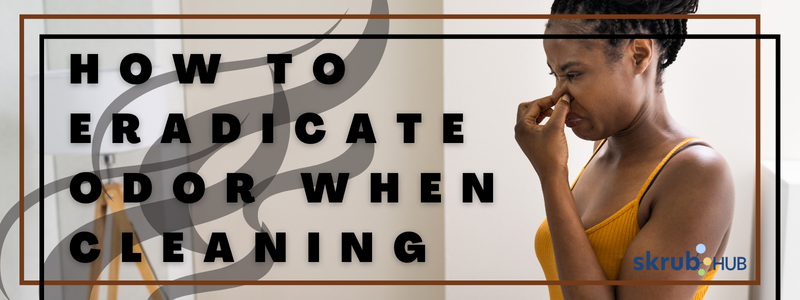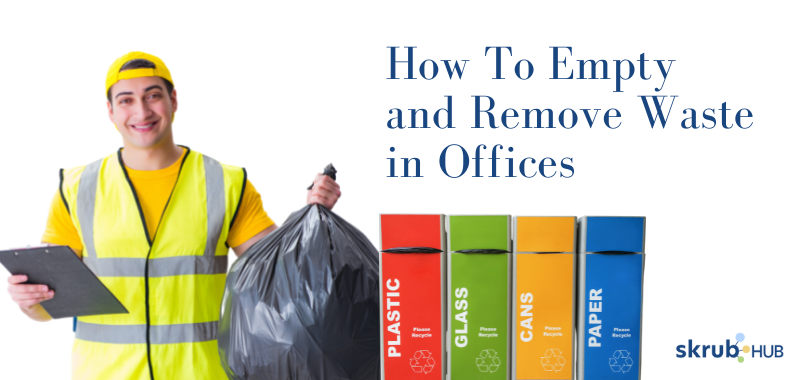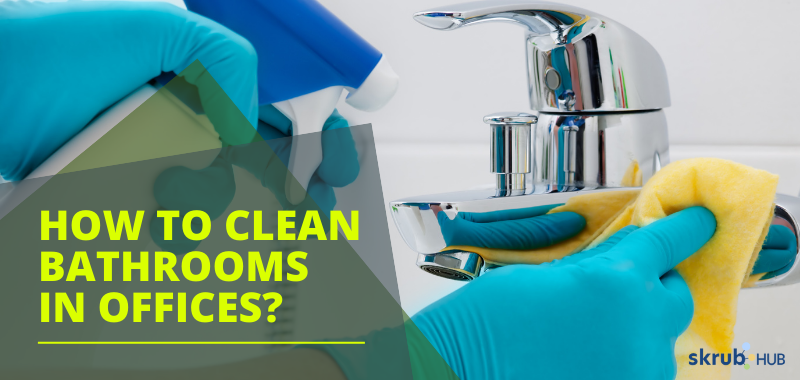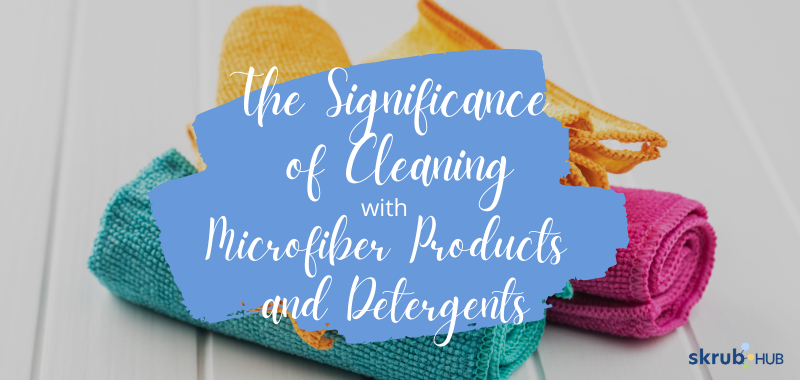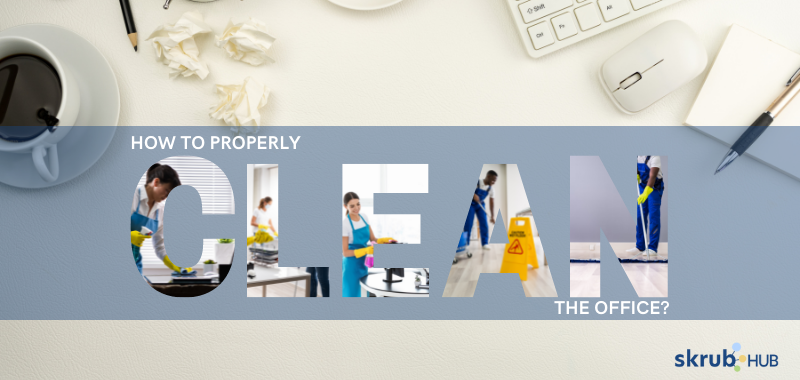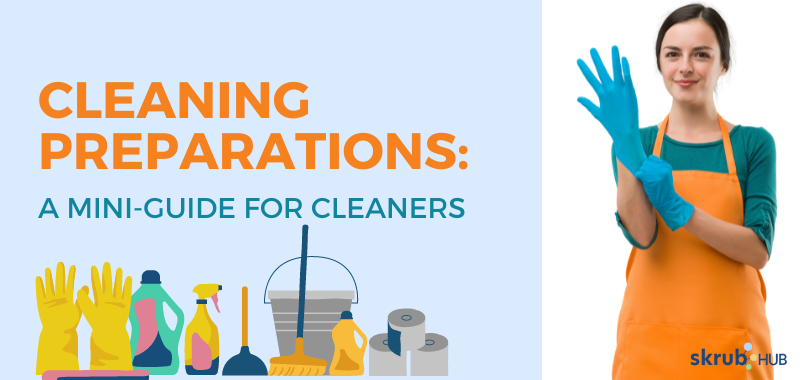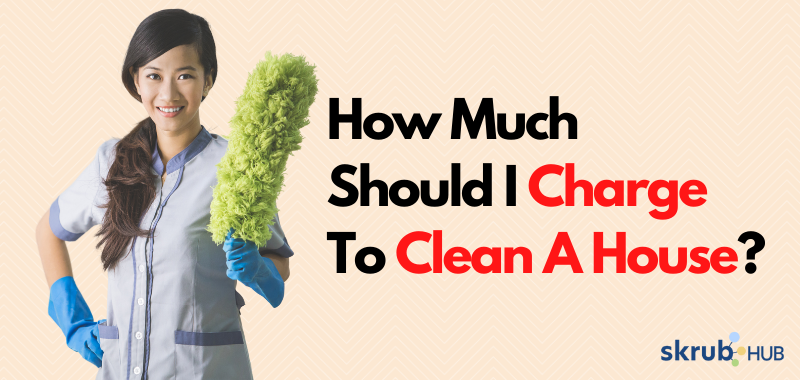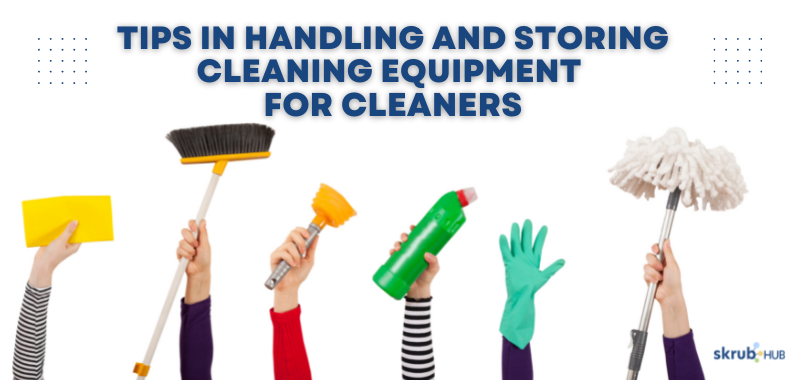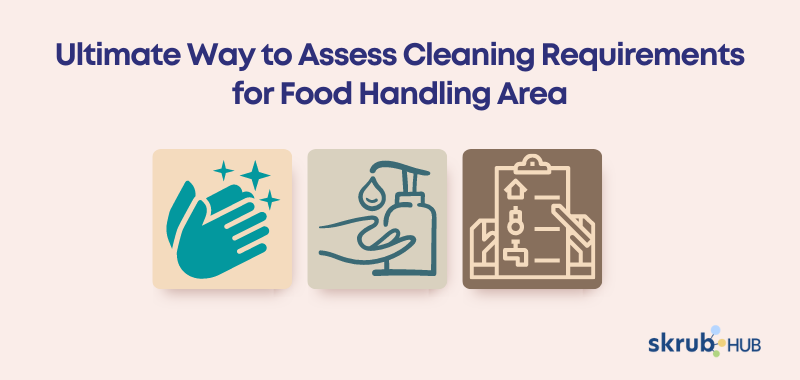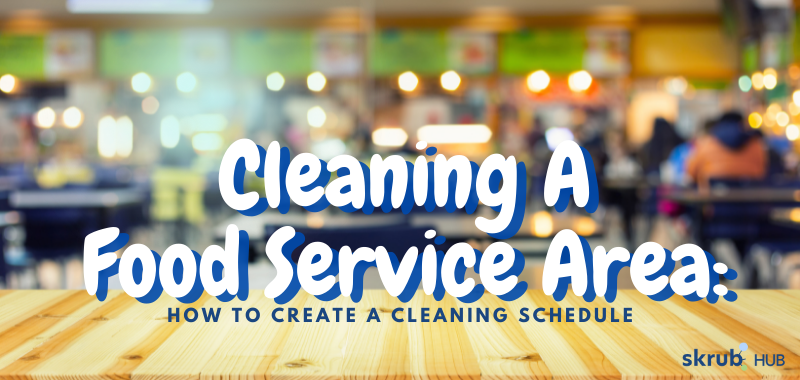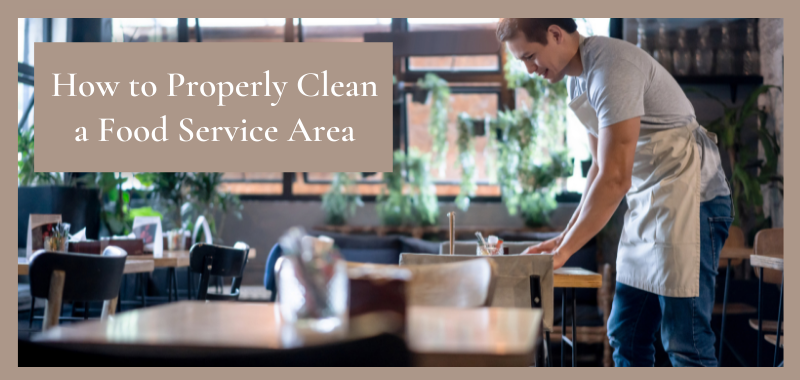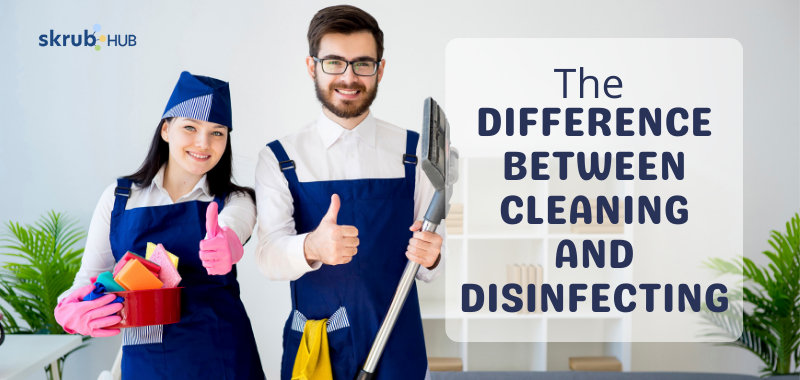
The difference between cleaning and disinfecting
The difference between cleaning and disinfecting
As cleaners, you always have to ensure you leave the area clean. Usually, you have a go-to routine that you follow when cleaning different places. In addition, you have your standard cleaning products that are essential to cater for every space that needs cleaning and every type of soil you will encounter throughout your work.
If you are cleaning for a particular client, it is customary to follow the rules and regulations they will provide. You should also be knowledgeable of the spaces you will work on and keep in mind the areas you are prohibited from touching. There are categories and levels of dirt and soil that you will encounter, and sometimes your client will want you to do more than just cleaning.
Meanwhile, if you are cleaning your household, you should still be aware of the different tasks you have to do. Whether in spaces like the kitchen or bathrooms, you must know how to clean and leave a clear finish to commend yourself for doing a good job. As you clean, it is optional but recommended to disinfect afterwards.
What is cleaning?
The term “cleaning” may be familiar to everyone. For example, removing the soil and dirt that you see is called cleaning. However, cleaning eradicates germs and microbes that the naked eye cannot see.
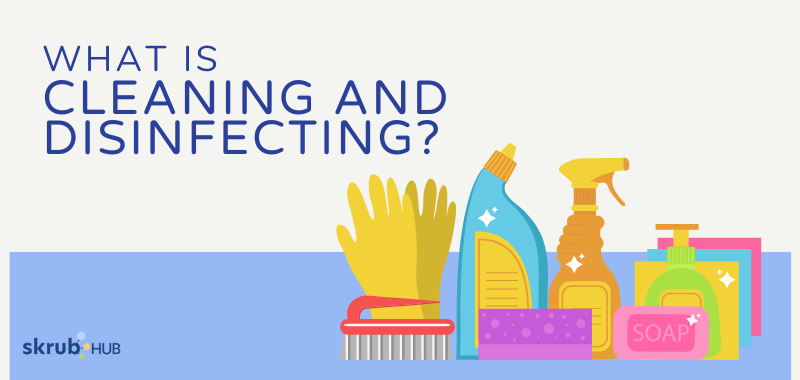
What is cleaning and disinfecting
Cleaning is essential, including organizing, removing soils and eradicating odour in a particular place. Moreover, keeping a place hygienic and pleasing to the eye of your client, visitor, family members, or even yourself is vital. When you clean an area, you can leave it and clean it again the next day or the next week, or you can top that off with a disinfectant.
There is no 100% sparking surface, even after you are done cleaning. There are some substances that you cannot see that are still present in your area. When you clean, you are lessening the harm and the number of germs present, but not totally eradicating them. This instance is where disinfecting can take place.
What is disinfecting?
Disinfecting is not mandatory for your job as a cleaner, but it is a bonus if you provide these services. In simple terms, disinfecting kills and inactivates the present bacteria and viruses that can be harmful in the area.
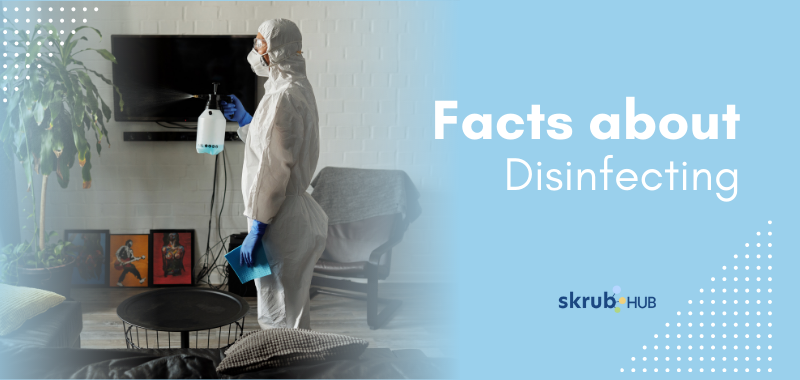
Facts about disinfecting
In cases of a pandemic or if you are working in a highly contagious place, disinfecting is of utmost importance. Viruses in areas such as hospitals or clinics commonly occur on surfaces or in the air. Disinfecting helps destroy these bacteria and viruses in a manner that requires professional tools and products. The following are specific facts that you should know about disinfecting.
1. How is disinfecting effective?
Germs, viruses and bacteria are found everywhere in different areas. Some can be present but unharmful, but some can cause significant damage and diseases that can be lethal. Disinfecting is essential in battling these microorganisms because it is shown to be 100% effective in eradicating these substances.
Disinfectant damages the outer layers of bacteria and germs to rupture, causing them to leak their DNA. When the DNA is out of these microorganisms, they lose their lives and are inactive. When these bacteria and other microorganisms die, their effect on living organisms also dies. Thus, they cannot be infectious and cause harm to humans and animals.
2. What areas should be disinfected?
Certain areas need more disinfecting. For example, some fixtures garner the most germs in different places due to being in high contact with the people. Thus, these areas need more than just cleaning and sanitizing because these procedures only clean the area at a surface level.
In an average household, there are some places that you do not expect to be very dirty. Doorknobs, all types of handles, light switches and television remotes are some unexpected fixtures with the most germs. Moreover, the usual toilet seats are undoubtedly very filthy, too. The kitchen sink, where most dishes are placed, can also acquire a vast amount of microbes which can be very contagious.
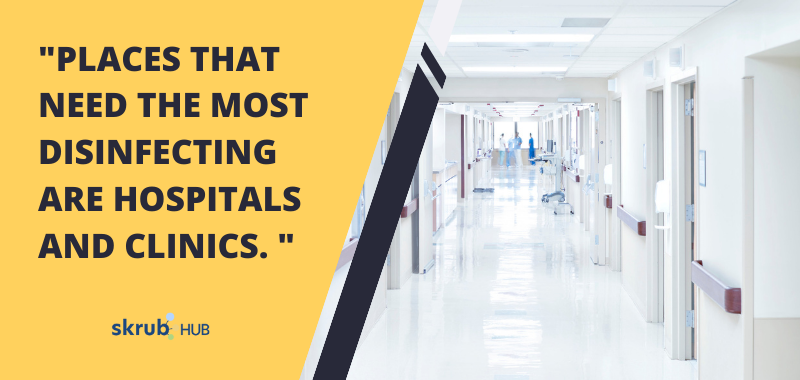
Places that need the most disinfecting
Places that need the most disinfecting are hospitals and clinics. Most people with illnesses and contagious diseases go, so disinfecting should be done frequently and adequately to eradicate these viruses. Moreover, surfaces are not the only places where these microbes go; the atmosphere can also contain transferrable viruses detrimental to the human body.
3. What products can I use to disinfect
You can buy disinfectants in familiar places like grocery stores. They are the common acidic agents that are harmful if not handled properly. Moreover, their high acid level can instantly eradicate bacteria, germs, and viruses. They commonly come in the form of cleaning liquids or aerosol sprays.
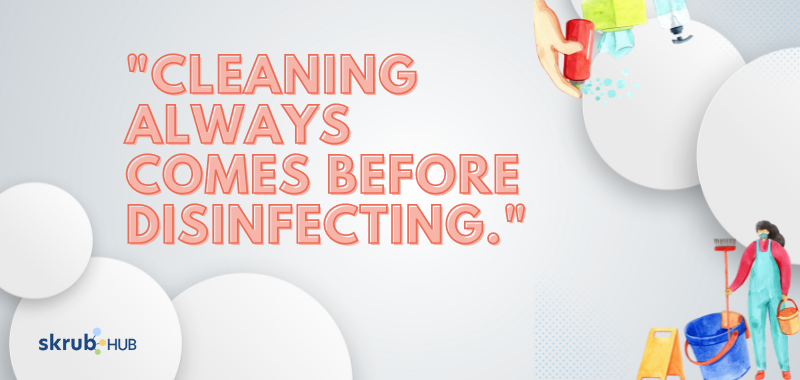
Cleaning always comes before disinfecting
In hospitals or cases of a pandemic, disinfectant sprays are used with machines such as mist guns or foggers. This helps widen the scope of disinfecting mists along the area, especially in the contagious parts. On the other hand, some are marketed as cleaning liquids such as bleach and alcohols that you need to use mops or microfiber cloths to spread. There are also disinfectant wipes that help you fumigate surfaces on the go.
How to clean and disinfect correctly?
Cleaning always comes before disinfecting. You must first eradicate the soils and dirt visible on surfaces to give an initial cleaning and removal of microbes. Once you eliminate the visible substances on the floors, fixtures, walls and pieces of furniture, you can now use disinfectant products to top off and provide a cleaner output.
When using disinfectant liquids, it is best recommended to know if it is safe on the surfaces to apply them. Some materials cannot withstand the acidity of these disinfectants, so it is essential to be aware. Moreover, when using disinfectant sprays or aerosol, you must keep a safe distance from humans and animals. When not done correctly, these products may cause harm, so precautions must be observed.
Conclusion
Cleaning and disinfecting are two different procedures, but a mixture of both can assure you that the area you are cleaning is actually one hundred per cent spotless. As cleaners, you should know that eradicating harmful substances is your topmost priority. In addition, doing extra measures to ensure you are correctly doing your job can boost your credibility as a cleaner.
Appropriate cleaning procedures are essential to execute, especially when you are well aware of the area you are cleaning. Furthermore, you should always follow the correct personal safety procedures to keep yourself safe while keeping the site safe, too. Thus, your knowledge of cleaning and disinfecting can help you and the people relying on you.
FAQ
How is sanitizing any different?
Sanitizing means decreasing the number of germs in the area and can be done by cleaning and disinfecting.
Are there harmful effects of disinfectant sprays?
When directly inhaled, disinfectant sprays can cause you difficulty breathing and, worse, respiratory problems. Therefore, it is better to disinfect with a well-ventilated area.
How long does a disinfectant need to effectively disinfect?
Different disinfecting products have additional time to properly do their job. Some may take as quick as thirty seconds, while some need more minutes in contact with the surface.
Related Post
The dos and don’ts of window cleaning: A guide to squeaky clean windows! A window is where you look out...
The difference between cleaning and disinfecting As cleaners, you always have to ensure you leave the area clean. Usually, you...
Cleaning processes vary depending on your preference. However, there are recommended processes that can be beneficial for you to do your...
How to remove pet soils from the carpet? Your home is where you find comfort and solace every day and whenever...
How to reach high fixtures and drapery for cleaning? – A quick solution to high-placed problems! A tidy house is...
How Color Coding is Essential in Cleaning People may not understand the significance of colours in the world. They might...
How to Eradicate Odor when Cleaning Scamming is also present in the cleaning world. Sometimes, you may feel like the...
How To Empty and Remove Waste in Offices While cleaning is an essential practice to follow, waste disposal is as...
How To Clean Bathrooms in Offices The main purpose of cleaning is to provide a safe and hygienic space for...
The Significance of Cleaning with Microfiber Products and Detergents Cleaning is of utmost essential, especially in offices where numerous people are...
How to Properly Clean the Office With the proper preparations, you are now equipped to face the cleaning properly. You will...
How to Clean Effectively In A Short Amount of Time? Cleaning varies on personal preference. Some may think that cleaning is...
Cleaning Preparations: A Mini-Guide for Cleaners It is always essential for you to prepare when cleaning an office building. By being...
How Much Should I Charge To Clean A House? Planning on the pricing of package rates and hourly rates for cleaning...
Tips in Handling and Storing Cleaning Equipment and Disposing Chemical for Cleaners Doing aftercare takes a lot of work to...
Ultimate Way to Assess Cleaning Requirements for Food Handling Area Having the food handling area clean is very significant in...
Cleaning a Food Service Area: How to Create a Cleaning Schedule Cleaning is an important aspect of maintaining a food service...
How to Properly Clean a Food Service Area Cleaners in a food service area are often seen cleaning the premises constantly....


